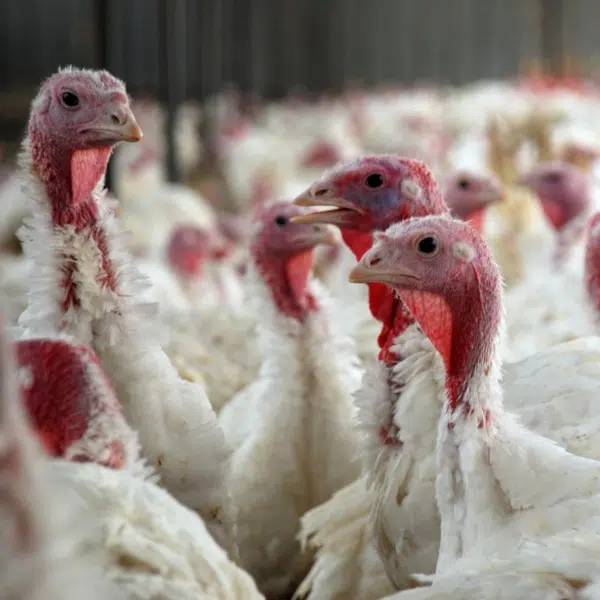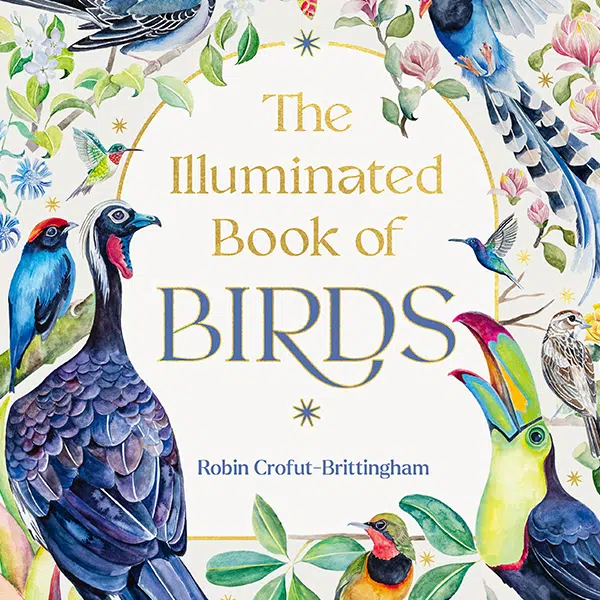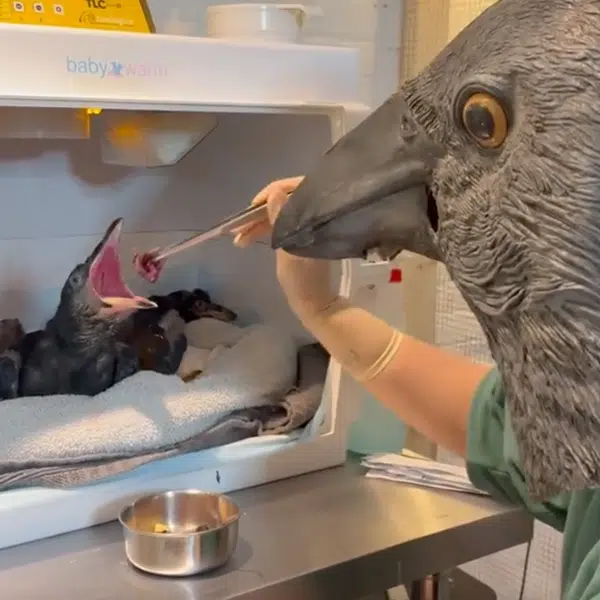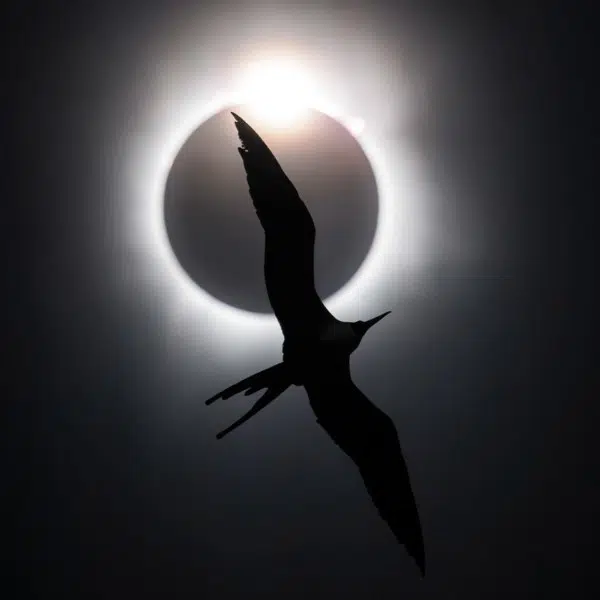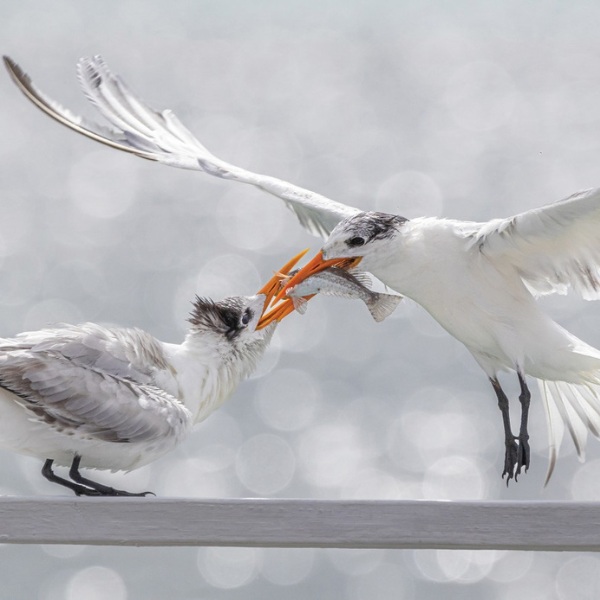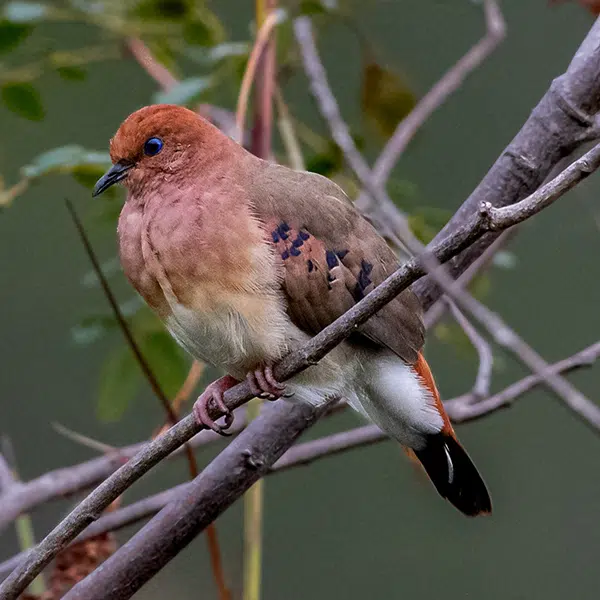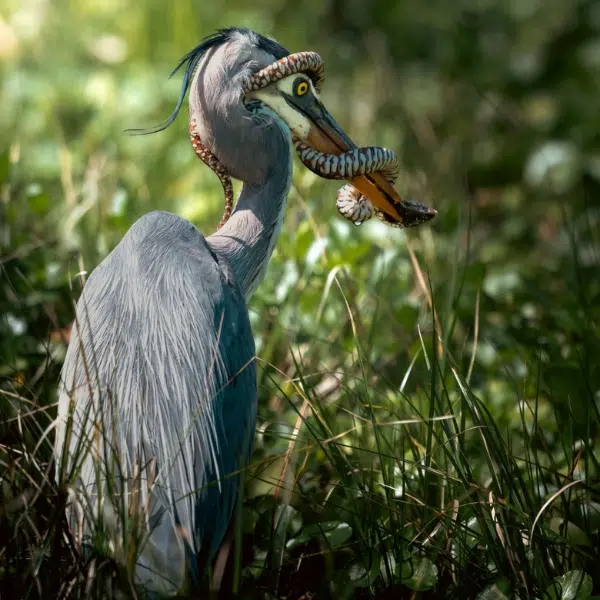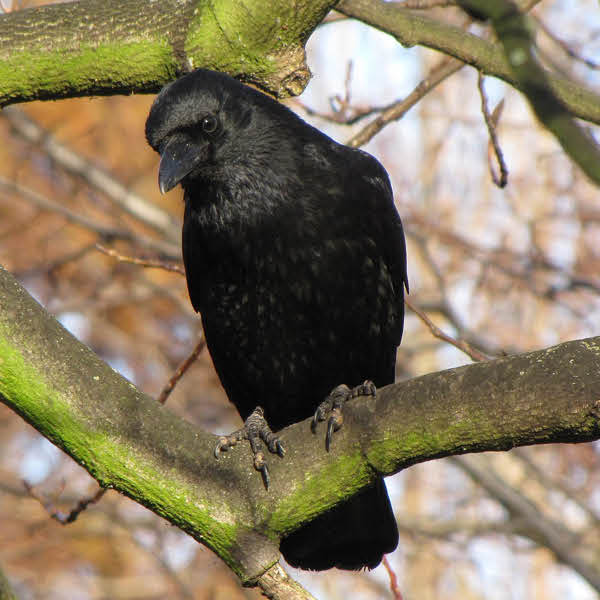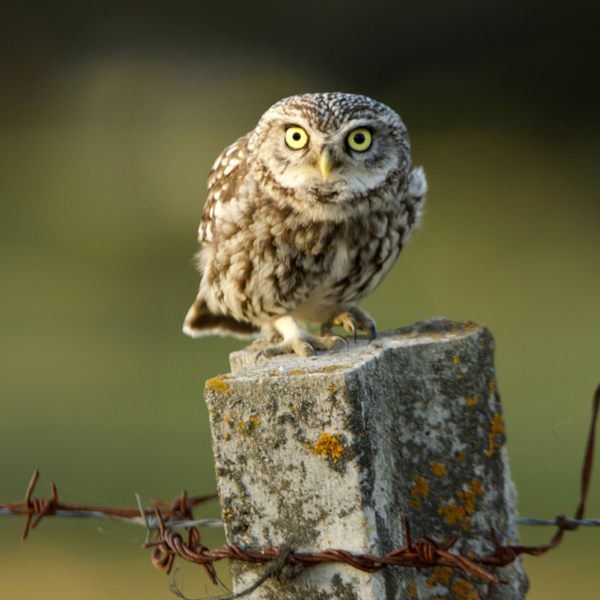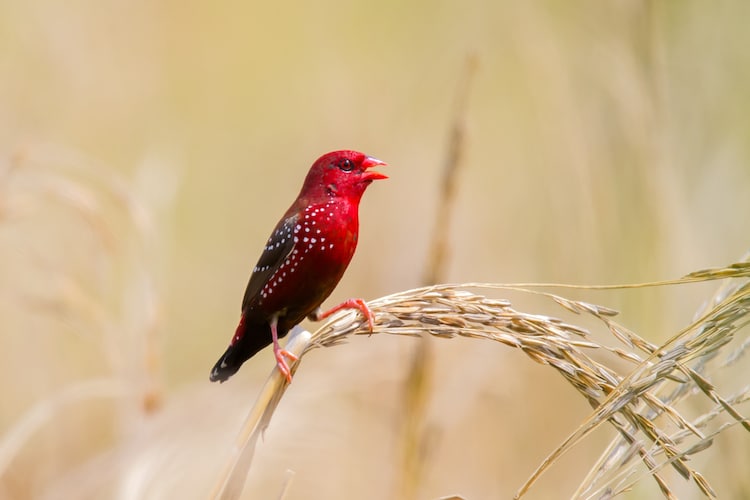
Photo: Stock Photos from Krieng Meemano/Shutterstock
Hopping across the grasslands and fields of tropical Asia, the strawberry finch is a delightfully small bird that takes on spectacular plumage during its breeding season. It's also known as the red munia or red avadavat, and their original populations are spread across Bangladesh, India, Sri Lanka, Nepal, and Pakistan. Now, they can also be found in parts of southeast Asia and several introduced populations flourish in the tropical climates of Hawaii, Fiji, and Malaysia.
Measuring about three to four inches long, strawberry finches live in small flocks in tall grasses located near water. But, that's not the only place you'll find them; they also live in jungle clearings, gardens, and open meadows.
What makes this creature particularly distinctive is the male bird's rich red feathers that appear when it's time to attract a mate. Both male and female birds have a dull, brown coloration when not breeding. But when the time is right, that all changes. Males take on a deep red crown and back with scattered white dots on their nearly-black wings. The underside, breast, and sides of the head are a rich scarlet color. Due to the male's vibrant hues, strawberry finches are a popular pet in some parts of the world. However, if the proper environmental conditions aren't met, they can lose their intense color.

Photo: Stock Photos from kajornyot wildlife photography/Shutterstock
Females also undergo a makeover for the breeding season, even if it's not quite as dramatic. After molting, their underside becomes a much brighter yellow-orange. Interestingly, even the beaks of both genders change colors, though this has to do with the length of daylight rather than mating. During the winter months, until about April, the strawberry finch's beak will darken and turn black. The beak becomes red during the warmer months.
When the mating season does come around, the males do more than display their feathers in order to attract a mate. Male strawberry finches will place a blade of grass or a feather in their mouth and take a bow while they keep their feathers erect. Females then take their turn putting on their own display. Once couples pair off to mate, they typically separate from the flock and go about their business, remaining monogamous for the breeding season. These cute birds then build their nests in the grass and typically leave a clutch of five to six eggs.
Strawberry finches are small birds that thrive in Asia's tropical climates.
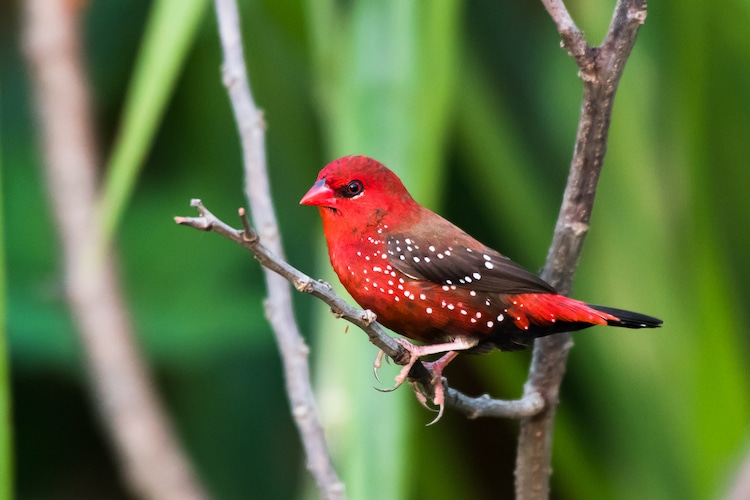
Photo: Stock Photos from Wanchai Haemaprasit/Shutterstock
The males are known for their bright red coloration during the breeding season.
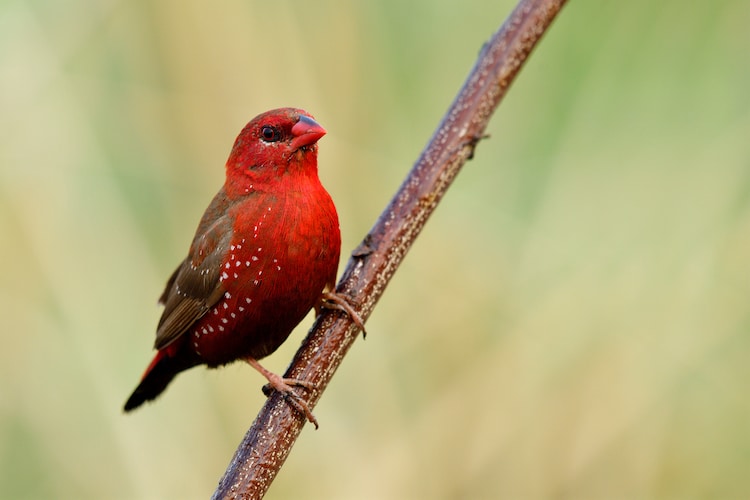
Photo: Stock Photos from Super Prin/Shutterstock
Even the female finches take on a yellow underbelly when it's time to mate.
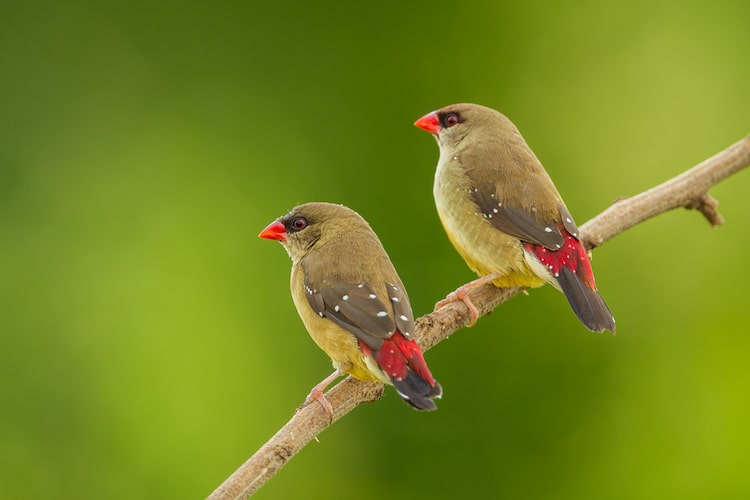
Photo: Stock Photos from kajornyot wildlife photography/Shutterstock
Outside of the breeding season, males and females take on a duller appearance.
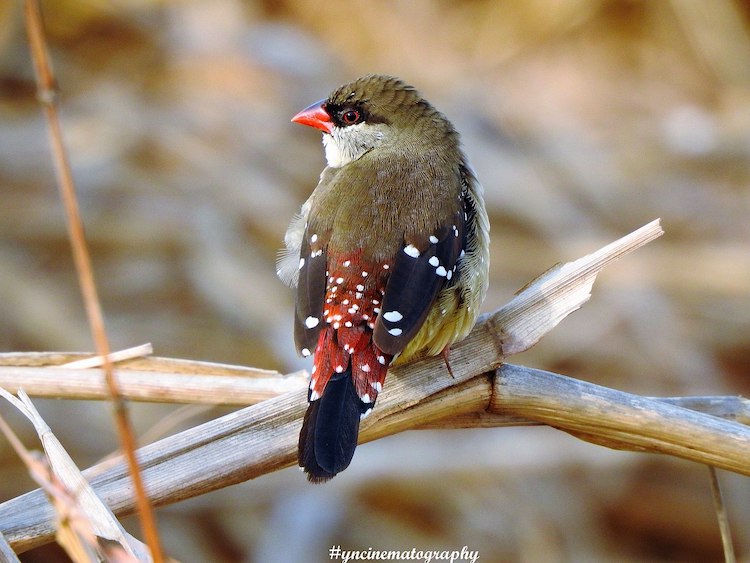
Photo: Yogesh n patil / CC BY-SA
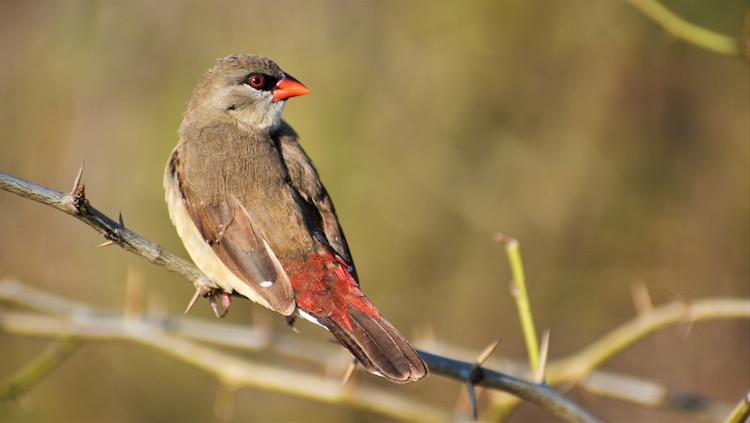
Photo: Stock Photos from Sonal Dutta/Shutterstock
Once couples pair up, they remain monogamous for the entire season.
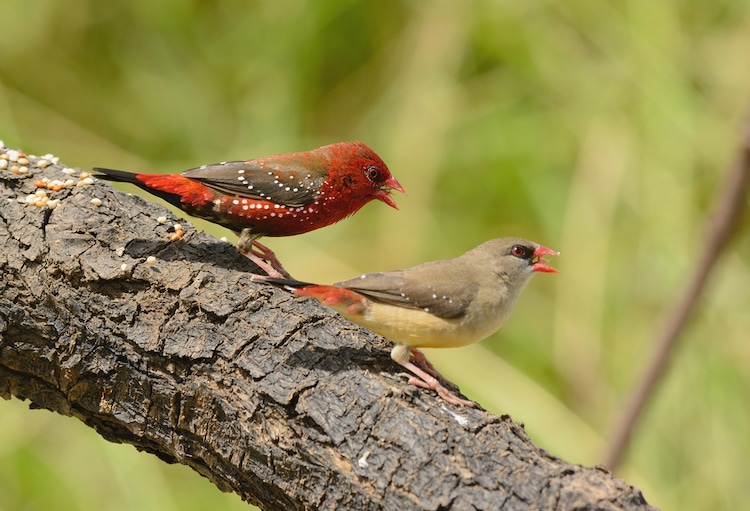
Photo: Stock Photos from cowboy54/Shutterstock
These birds are often kept as pets due to their coloration and wild populations have been introduced in Hawaii and Fiji.
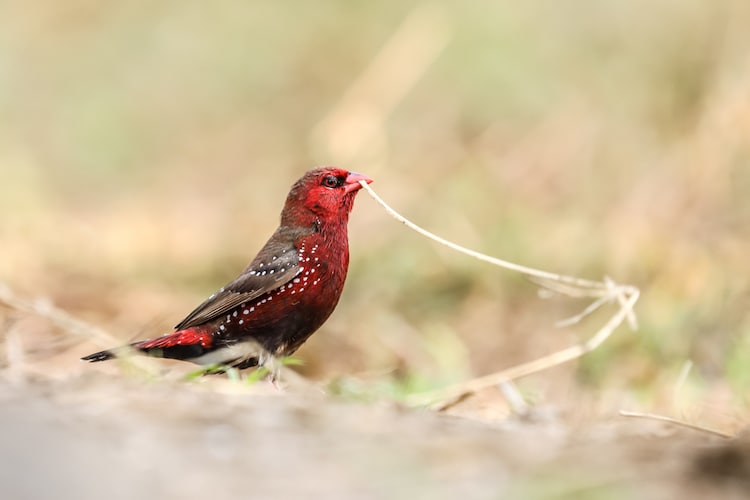
Photo: Stock Photos from PinkeshTanna/Shutterstock

Photo: Stock Photos from johngodfrey/Shutterstock
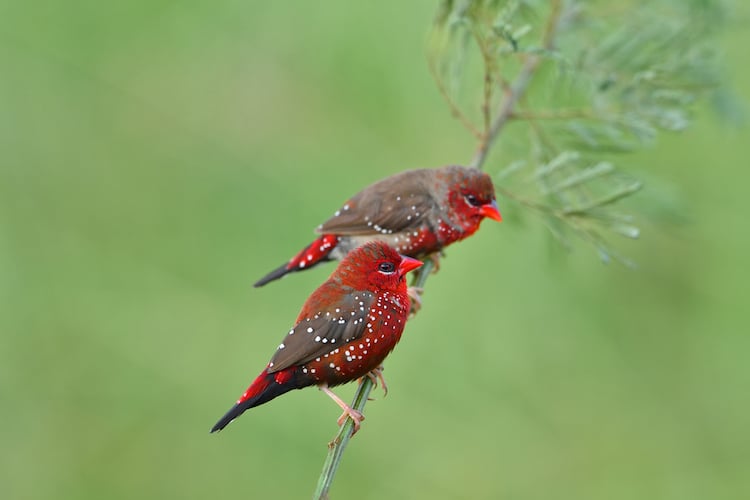
Photo: Stock Photos from vanchai/Shutterstock











































































